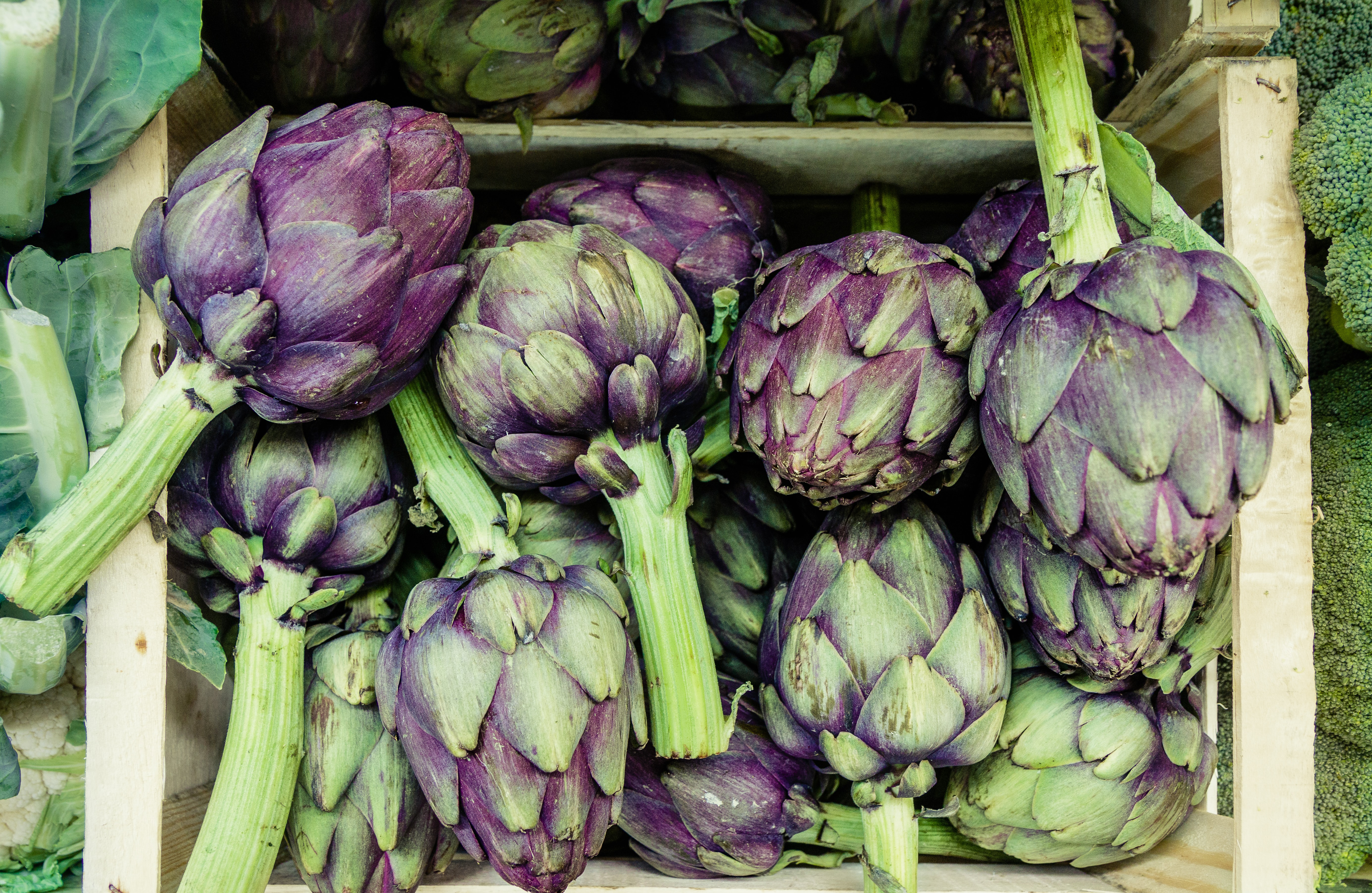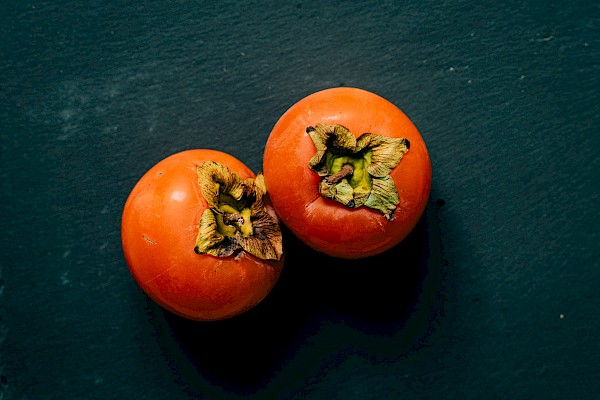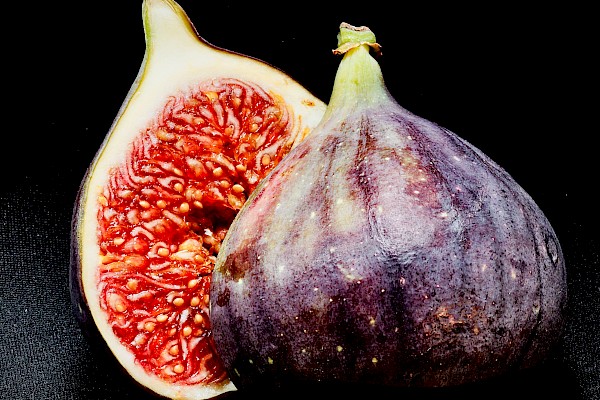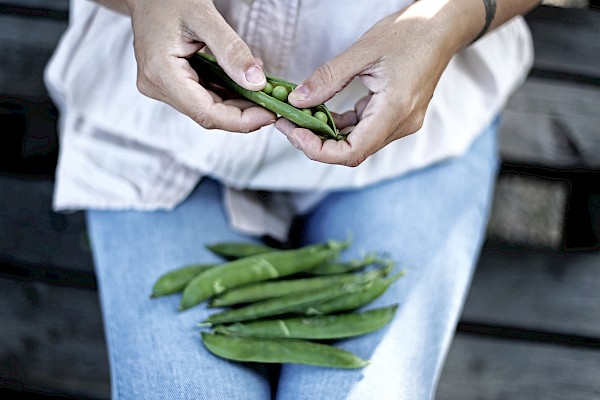Artichokes
Fortunately everyone can enjoy artichokes today, but they used to be a sign of gentility. This cultivated plant from the Asteraceae family resembles a thistle and has much to offer. It has rightly been awarded the title of “Queen of Vegetables”, not just due to its unique appearance, but also its well-rounded flavour and many healthy components.
What are artichokes?
As already mentioned, artichokes (Cynara scolymus) are a member of the Asteraceae family. They have pretty purple flowers, but the leaves that grow around the flower head are far more exciting and impressive. You can eat the heart of the artichoke and the fleshy part of the leaves, which are delicious and also very healthy. This means that artichokes are real health boosters.
The artichoke is a delicate vegetable and very sensitive to frost, which is why they are not much grown here, and in very small quantities when they are. Last year, two tonnes of artichokes were harvested in Switzerland and approximately 1635 tonnes were imported. Different sorts of artichokes are available here: the large green varieties (e.g., Camus de Bretagne) and smaller, violet varieties (e.g., Violetti di Toascana or Petit Violet).
The artichoke originated in the Mediterranean area, which where the flowering vegetable is still primarily cultivated today – mainly Spain, France, Italy and Egypt – but Argentina and the USA also grow artichokes and export them to us in Europe.
Season
Due to imports from distant lands, artichokes are available all year round here, but they are particularly good between June and November. Even in the spring, small, young artichokes are a mouth-watering delicacy.
The flower heads are harvested before the flowers open, when the outer scale-like leaves protrude slightly. You must not miss this moment, because the large violet flower will open soon afterwards. While it looks beautiful, it can’t be eaten.
A delicacy with a heart
Only the artichoke’s flower head is edible – a third of the vegetable, at most. The artichoke is not among Switzerland’s favourite vegetables due to its characteristic flavour: a mere 200 g per head, approximately, are consumed per year; by contrast, we eat almost 9 kilogrammes of carrots each.
Artichokes have a distinctive, slightly nutty, bitter-sweet or sometimes even sweet flavour. However, you need to work hard to enjoy the tender leaves and particularly the artichoke heart – preparing artichokes is not easy and requires a delicate touch. The outer leaves and inner choke are also called hay due to their tough, fibrous consistency, and you don’t want to eat hay! That is why it’s necessary to prepare artichokes thoroughly. But if you can handle it, the artichoke is one of the most diverse vegetables there is. But before we take a closer look at preparing them, we first want to explore the health benefits of this super bud.
Delicacy and medicinal plant – that's why artichokes are so healthy
In 2003, the artichoke was voted “Medicinal Plant of the Year”, and with good reason. The health-boosting components can be found in many parts of the plant. More than anything else, artichoke leaves – at the base of the stem, not the bracts or the flower heads, which have no culinary uses – are particularly effective medicinally.
So what are the artichoke’s healthy properties then?
Artichoke leaves contain large amounts of bitter substances. These stimulate the formation of stomach acid, which boosts the appetite, decreases bloating and reduces flatulence. The artichoke is not just good for the stomach, but also the liver. The flavonoids in artichokes boost the production of bile acid in the liver and so make it easier to digest fats. What’s more, scientific studies indicate that eating artichokes improves blood cholesterol levels. The edible bud contains more valuable nutrients such as vitamin E, B vitamins, provitamin A and the minerals calcium, magnesium, phosphorus and iron – another reason why artichokes should end up on your plate more often. They are very low in calories, containing a mere 45 kilocalories per 100 grams. So feel free to help yourself if you like artichokes!
How to identify whether an artichoke is fresh
Only fresh artichokes are delicious. That’s why it is important to know what you need to look for when you are shopping, so you only take fresh vegetables home. Here’s how to identify fresh artichokes:
- The stem should still be long, not dried out, and green, with no black spots.
- The leaves on the bud should lie close and flat.
- The artichoke should feel plump and firm, with no brown spots.
- The artichoke flesh should not yield when you press it.
What’s the right way to store artichokes?
If you have bought artichokes but don’t want to cook them straight away, you can wrap the flower heads in a damp cloth and store them in the vegetable drawer of your fridge for a few days.
As well as fresh artichokes, you can also buy artichoke hearts in jars. These are a great addition to your pizzas, salads and pasta dishes.
How do you prepare artichokes?
To prepare artichokes, you need a little patience and, as already stated, a delicate touch. Before cooking, the vegetable must first be cleaned. It’s best to do this in the following way:
- Cut the stems to about 5 cm long and peel until the white flesh is visible.
- Pull off the outer artichoke leaves.
- Slice off the top of the artichoke with the upper leaves.
- Cut away the outer leaves from the artichoke heart.
- Add lemon juice to some water, put in the artichokes and leave for approximately 30 minutes. The leaves will then be easy to remove and prepare.
Does this sound complicated? Actually, yes, it is complicated. So watch the whole process in this video.
Last but not least, we must of course include a recipe tip for this delicacy! If you often have artichokes in your kitchen too and you like this vegetable, then please share your recipes with us on social media (Facebook: Psychische Gesundheit Zug; Instagram: psychische.gesundheit.zug) – we look forward to seeing your recipe ideas!
Our recipe tip
Whole artichokes in raspberry dressing
(Ingredients for 4 people)
- 4 large artichokes of 800 g each
- A pinch of salt
- ½ lemon
- 1 onion
- ½ chilli
- 100 g raspberries (fresh or frozen)
- 100 ml white balsamic vinegar
- 80 ml safflower oil
- 1 tablespoon honey
Method: bring salted water to the boil in a large pan. Add the lemon juice. Prepare the artichokes as described above, then cook until soft in the salted water for approximately 40 minutes. Test whether they are done with a sharp kitchen knife, which should be easy to insert from the base of the stem to the heart. Chop the onions coarsely for the raspberry dressing. Remove the seeds from the chilli and blitz in the food processor with the raspberries, safflower oil, honey and white balsamic. Finally, strain the dressing through a fine sieve and add salt to taste. Serve the cooked artichoke with the dressing.
(Source)
References:
Die Artischocke – gesunde Power auf dem Teller (2021). Available on: https://www.bauernzeitung.ch/artikel/die-artischocke-gesunde-power-auf-dem-teller
Fütterer, E. Artischocken: Wissenswertes, Inhaltsstoffe und Rezepte. Available on: https://www.fitforfun.de/abnehmen/gesund-essen/artischocken-multi-medizin-aus-der-kueche-237465.html
Guth, B. (2020). Artischocke: Nur Delikatesse oder auch Superfood? Article available on: https://www.gesundheitstrends.com/a/ernahrung/artischocke-gesund-53312
Santos, H. O., Bueno, A. A., & Mota, J. F. (2018). The effect of artichoke on lipid profile: A review of possible mechanisms of action. Pharmacological research, 137, 170–178.
 subscribe to newsletter
subscribe to newsletter


